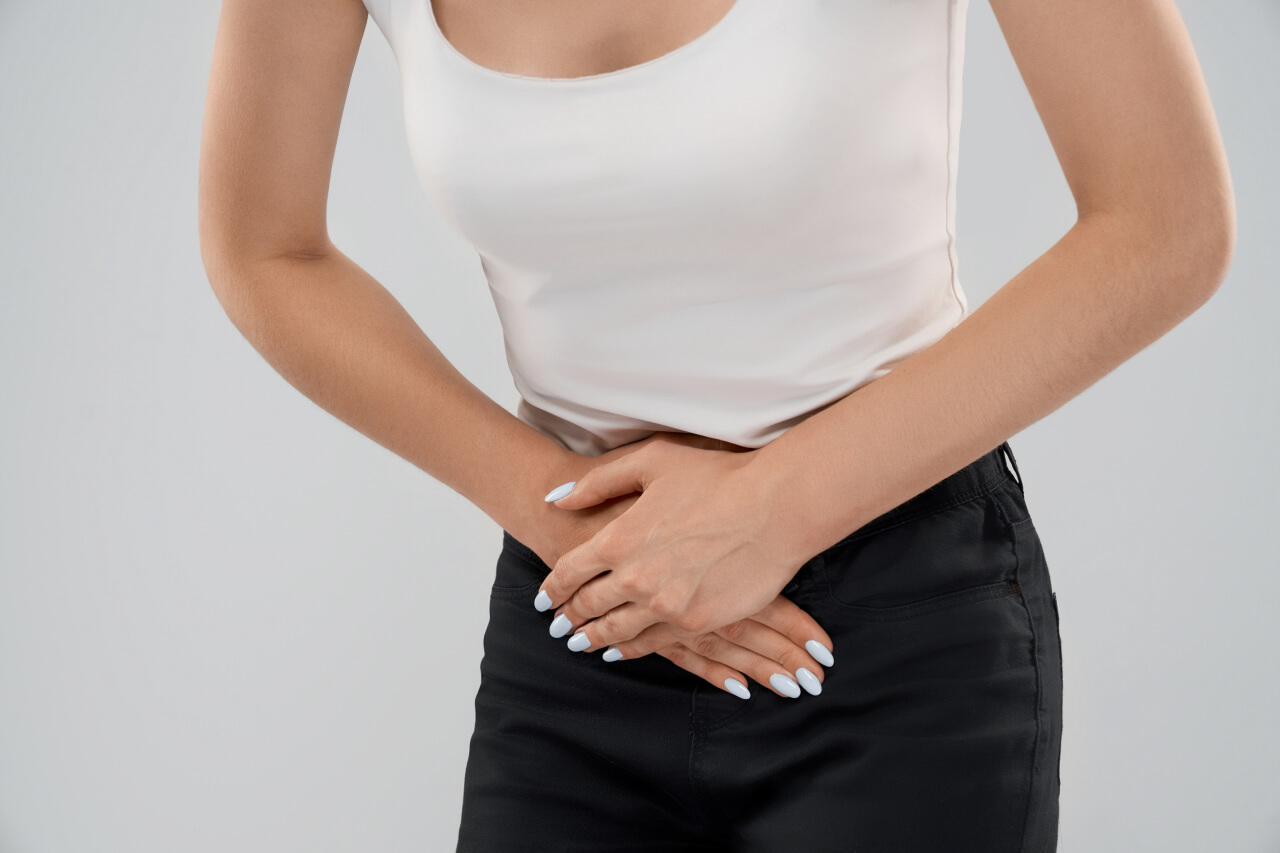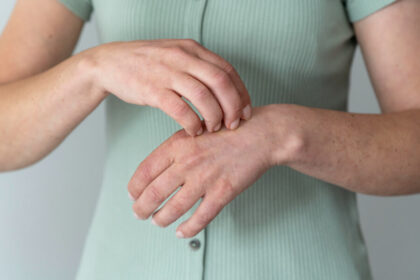Vaginal candidiasis, also known as vaginal yeast infection or vaginal fungus, is a common fungal infection that affects the vagina.
It is caused by an overgrowth of Candida, a type of yeast that normally resides in small amounts in the vaginal area.
Causes
Vaginal candidiasis is primarily caused by an overgrowth of a fungus called Candida.
Candida is naturally present in the vagina in small amounts, but various factors can disrupt the delicate balance and lead to an overgrowth, resulting in a yeast infection.
Some common causes of vaginal candidiasis include:
Candida overgrowth
If the natural balance of microorganisms in the vagina is disrupted, such as an increase in Candida and decrease in healthy bacteria, it can lead to an overgrowth and the development of a yeast infection.
Weakened immune system
A weakened immune system due to factors such as illness, stress, or certain medications (such as corticosteroids or immunosuppressants) can increase the risk of developing a yeast infection.
Hormonal changes
Fluctuations in hormone levels, such as during pregnancy, menstrual cycle, or menopause, can alter the vaginal environment and potentially lead to yeast infections.
Uncontrolled diabetes
Poorly controlled diabetes can create elevated levels of sugar in vaginal secretions, providing an environment that promotes Candida overgrowth.
Sexual activity
Although not considered a sexually transmitted infection, yeast infections can be more common in individuals who are sexually active.
Intercourse can disrupt vaginal pH levels and lead to the introduction of Candida or other microbes.
Personal hygiene products
The use of certain products, such as douches, scented soaps, bubble baths, or feminine hygiene sprays, can disrupt the natural vaginal flora and increase the risk of yeast infections.
It is important to note that while these factors can increase the likelihood of developing vaginal candidiasis, each individual’s susceptibility may vary.
Symptoms
The symptoms of vaginal candidiasis, commonly known as a yeast infection, can vary from person to person. Some common symptoms include:
- Vaginal itching: Itching and irritation in the vaginal area, often accompanied by a burning sensation, are common symptoms of a yeast infection.
- Abnormal vaginal discharge: Thick, white, and cottage cheese-like discharge is characteristic of vaginal candidiasis. The discharge may also be odorless or have a mild yeasty odor.
- Redness and swelling: The vulva may appear red, swollen, and inflamed. It can be accompanied by soreness or discomfort.
- Painful urination: Yeast infections can cause discomfort or a burning sensation during urination.
- Pain during sexual intercourse: The inflammation and irritation can make sexual intercourse painful.
- Vaginal rash: Some individuals may develop a rash on the vulva or surrounding areas due to the yeast infection.
Treatments
Treatment typically involves antifungal medications that can be obtained over-the-counter or with a prescription from a healthcare professional.
Here are some common treatments for vaginal candidiasis:
Antifungal creams
Over-the-counter antifungal creams or suppositories containing active ingredients like clotrimazole, miconazole, or tioconazole are commonly used.
These creams are inserted into the vagina to help clear the infection and relieve symptoms.
Oral antifungal medications
In some cases, oral antifungal medications such as fluconazole may be prescribed by a healthcare professional.
These medications work systemically to target the underlying fungal infection.
Prescription-strength creams
For severe or recurring cases of vaginal candidiasis, a healthcare professional may prescribe a stronger antifungal cream or ointment to be applied internally or externally
Probiotics
Some studies suggest that taking oral probiotics or using probiotic suppositories can help restore the natural balance of vaginal flora and prevent the overgrowth of Candida yeast.
5 Ways to Prevent Vaginal candidiasis
Here are five ways to help prevent vaginal candidiasis:
1. Practice good hygiene
Keep the vaginal area clean and dry. Avoid using harsh soaps, scented products, or douches, as they can disrupt the natural balance of bacteria and yeast in the vagina.
Instead, use mild, unscented soaps and water for cleansing.
2. Wear breathable clothing
Opt for loose-fitting, breathable clothing, especially underwear made of cotton or other natural fibers.
Avoid tight-fitting clothing or materials that trap moisture and heat, as this can create an environment where yeast thrives.
3. Avoid prolonged or frequent use of antibiotics
Antibiotics can disrupt the natural balance of bacteria in the body, including in the vagina, potentially leading to an overgrowth of yeast.
Use antibiotics only when necessary and always follow a healthcare professional’s instructions.
4. Limit sugar intake
Yeast thrives on sugar, so reducing the consumption of sugary foods and beverages can help prevent overgrowth.
Maintain a balanced diet with plenty of fruits, vegetables, whole grains, and lean proteins.
5. Practice safe sex
Use condoms during sexual intercourse to reduce the risk of transmitting yeast infections between partners.
It is important to note that yeast infections can be caused by factors other than sexual activity.
If you experience recurrent yeast infections or have concerns about prevention, it is recommended to consult a healthcare professional for further guidance and individualized advice.
Conclusion
Vaginal candidiasis, commonly known as a vaginal fungus, is a common condition primarily caused by an overgrowth of Candida fungus in the vagina.
It can result in uncomfortable symptoms such as itching, burning, redness, and abnormal discharge. However, with proper diagnosis and treatment, vaginal candidiasis can be effectively managed.
Treatment options include over-the-counter antifungal creams, suppositories, or prescribed oral medication depending on the severity and recurrence of the infection.
It is crucial to follow the recommended treatment course and maintain good personal hygiene practices to prevent reinfection.
Certain risk factors, such as hormonal changes, antibiotic use, weakened immune system, and uncontrolled diabetes, can increase the likelihood of developing vaginal candidiasis.
By addressing these underlying factors and making lifestyle changes, such as wearing breathable underwear and avoiding irritants, one can reduce the risk of recurrent infections.
If symptoms persist or recur frequently, it is advisable to consult a healthcare professional for further evaluation and guidance.
They can provide personalized advice and treatment options to effectively manage vaginal candidiasis and improve overall vaginal health.
FAQs
What is vaginal candidiasis?
Vaginal candidiasis, also known as yeast infection, is a fungal infection that affects the vagina. It is caused by the overgrowth of Candida, a type of yeast.
What are the common symptoms of vaginal candidiasis?
Common symptoms include itching, burning, redness and swelling of the vaginal area, thick white discharge resembling cottage cheese, and discomfort during sexual intercourse or urination.
What can cause vaginal candidiasis?
Factors that can contribute to the development of vaginal candidiasis include a weakened immune system, hormonal changes, antibiotic use, uncontrolled diabetes, pregnancy, and a history of previous vaginal yeast infections.
Is vaginal candidiasis a sexually transmitted infection?
No, vaginal candidiasis is not considered a sexually transmitted infection. It can occur in women who are sexually active as well as those who are not.
How is vaginal candidiasis diagnosed?
A healthcare professional can diagnose vaginal candidiasis through a physical examination and a review of symptoms. In some cases, a sample of vaginal discharge may be taken for laboratory testing to confirm the presence of Candida.
How is vaginal candidiasis treated?
Treatments for vaginal candidiasis typically involve antifungal medications. These can be in the form of topical creams, suppositories, or oral medications. It is important to complete the full course of treatment even if symptoms improve to ensure complete eradication of the infection.
Can vaginal candidiasis be prevented?
While it may not always be possible to prevent vaginal candidiasis, some preventive measures include practicing good hygiene, avoiding irritants such as scented feminine products, wearing breathable underwear, avoiding douching, and maintaining a healthy lifestyle with a balanced diet and regular exercise.





